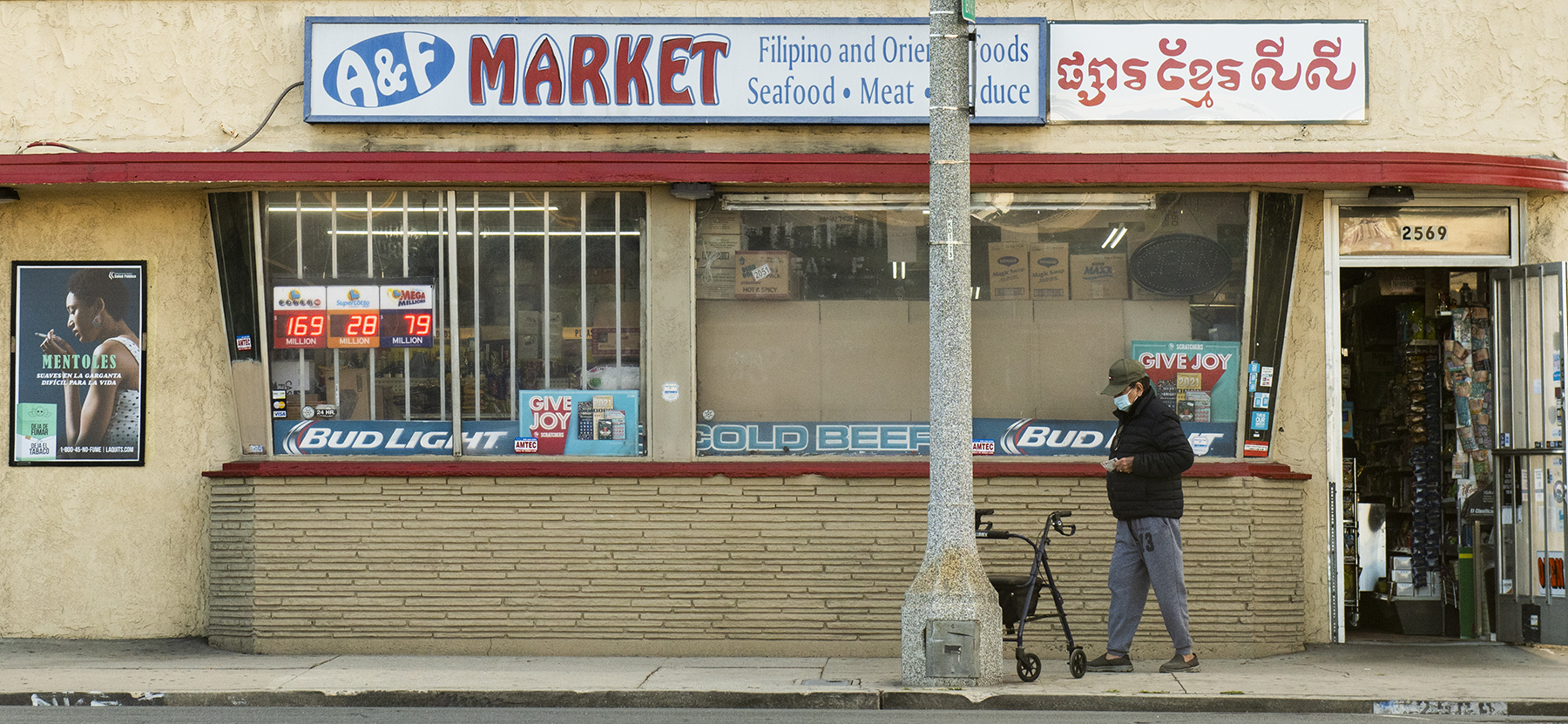
New research conducted by the city has indicated that a considerable swath of Long Beach’s Filipino community has worried about whether they would be able to afford healthy food over the past year, among other findings.
Filipino residents are also heavily concentrated on the Westside — an area that historically lacked access to healthy food.
On Monday, Oct. 30, the city’s health department presented findings from the Filipino Community Health Needs Assessment, which was initiated by the city’s health department in response to COVID-19’s disproportionate impact on communities of color.
Preliminary findings revealed that more than 38% of a pool of 219 survey respondents from Long Beach’s Filipino community felt anxiety or stress about being able to afford nutritious meals over the last 12 months.
Data also showed that 5% of respondents were “regularly” worried, and 8% said that it was “always” a concern for them.
The findings — drawn from a sample size of 219 respondents out of some 20,000 Long Beach residents of Filipino descent — are part of a much larger research effort to identify health issues and inequities within the Filipino community.
The city hopes to release that much larger study by early 2024, said Shiraya Thompson, a racial and health equity data analyst who is working on the study.
Filipino residents in Long Beach were hit especially hard by COVID-19, as many of them are essential workers and live in multigenerational households, according to Romeo Hebron, executive director of the Filipino Migrant Center.
Numbers from January 2020 to August 2021 showed that Asian residents were 1.9 times more likely to be hospitalized by COVID-19 and 1.7 times more likely to die by the virus than white residents.
While the Filipino community is spread out across the city, it is heavily concentrated in the Westside, said Thompson. The area was recently identified by the city as a potential candidate for its food market program.
“We also have heard in our listening sessions the link between not having enough access to nutritious foods and being able to make better health decisions about the food we’re eating,” said Filipino, Native Hawaiian, and Pacific Islander Health Equity Coordinator Harold Dela Cruz at the presentation.
During the Oct. 30 discussion, residents spoke up and expressed that they wanted access to affordable groceries and alternatives to red meat, white rice, and fried or salty foods. In the study, respondents noted that these foods tend to make up much of their diets.
Many respondents said they wanted to see more grocery stores, farmer’s markets, parks, and gardens around their neighborhoods.
The report also detailed these health findings among Filipino people in Long Beach:
- 36% of participants had been told by a doctor that they had high blood pressure.
- 15% of survey participants had been diagnosed with diabetes.
- 57% had a family history of diabetes.
- Younger generations are more likely to perceive a need for mental health care and seek help than their elders.
“Stigma is obviously still a big issue within our community,” Dela Cruz said. “We’re hoping that we … can start to talk about what we could do about addressing stigma, especially amongst the older generations.”
Additionally, 22% reported that they didn’t feel safe walking around in their neighborhoods, although there is no recent comparable data from other ethnic communities or parts of the city available yet.
But Dela Cruz emphasized that no overarching conclusions should be made with a sample size as small as 219 people. Findings from other zip codes with smaller sample sizes, which were not included in the preliminary report, will become available in the full report next year, he said.
The next steps are to work with the Filipino Community Advisory Committee and broader community in developing programs and policies to address the issues found in this first report, he said. The data will eventually help determine which issues to prioritize, he said.
Historically, there has been low participation and engagement from the Filipino community in city processes, so this project was “designed to build relationships” and give opportunities for residents to voice their concerns, Health Department Impact Bureau Manager Erica Valencia-Adachi said in an email.
The department is also working on health needs assessments for the Cambodian and Native Hawaiian communities and will begin work on a Black Community Health Needs Assessment early next year.
Health officials are also in the process of forming a Latinx Health Collaborative to support Latino residents by improving healthcare services, education, and accessibility in accordance with the Mi Vida Cuenta COVID-19 Latino Health Initiative Report and Workplan completed in 2022.
